A former trading hub, Sakata holds hidden treasures
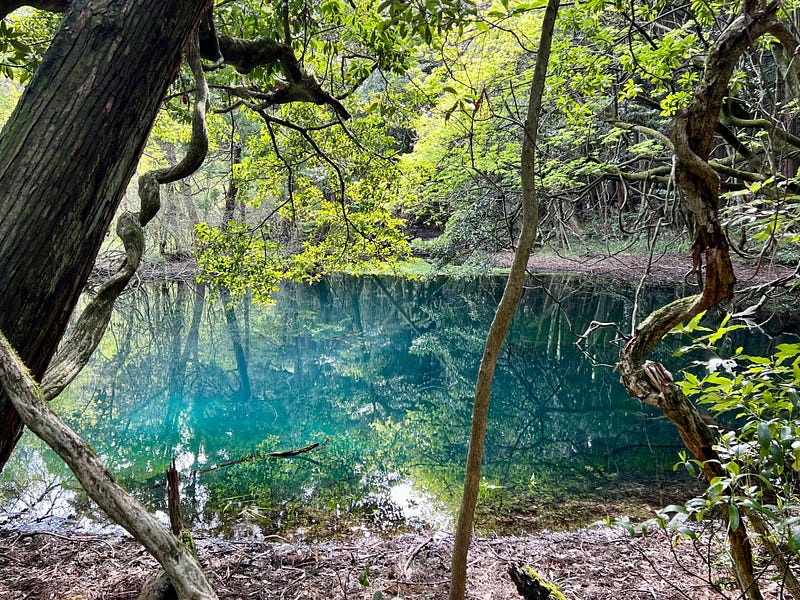
I’d long been curious to visit the city of Sakata on the coast of Yamagata prefecture in northern Japan. Although far removed from the big cities of Tokyo, Kyoto, and Osaka, in years gone by, this quiet city was once a prosperous and bustling trading hub that rivaled Sakai, Osaka’s busy port.
It was said:
西の堺、東の酒田
To the west, Sakai. To the east, Sakata.
I had to see it for myself.
So, after climbing Mount Haguro and exploring Tsuruoka city, I rode a comfortable express train 20 minutes north to Sakata.
Sakata’s Trading History

Until the late 1800s, Sakata was the capital of Dewa Province, which encompassed all of present-day Akita and Yamagata Prefectures. Its location along the Sea of Japan and on the edge of the Shonai plain — a major rice-producing area — contributed to its rich history.
Before the days of telegraphs or other means of fast communication, merchants in Sakata realized that they could capitalize on the variations in prices from region to region to make great profits.
They would buy local rice and other commodities, ship them down and around the island of Honshu, and sell them at a premium to merchants in Sakai, Osaka. This shipping route, along with the ships that plied them, came to be called, “north-bound ships,” or Kitamae-bune.
As the years passed, the size and speed of the ships increased. By the beginning of the 18th century, the first large Sengoku-bune were built. These fast sailing ships could carry a whopping 150 tons of rice.
Loading up the rice in Sakata were women as well as men. Although small in stature in those days, they regularly carried an impressive five bales of rice on their backs. With each bale weighing 60 kilos, that’s a heavy load!

After selling their cargo of rice in Sakai, the ships would return carrying ceramics, lacquerware, all kinds of household goods — and heavy stones for ballast.
As the years passed, the port continued to flourish. In 1893, the large Sankyo Rice Storehouses were built. Here, rice was inspected, its quality graded, and then stored for later shipping.
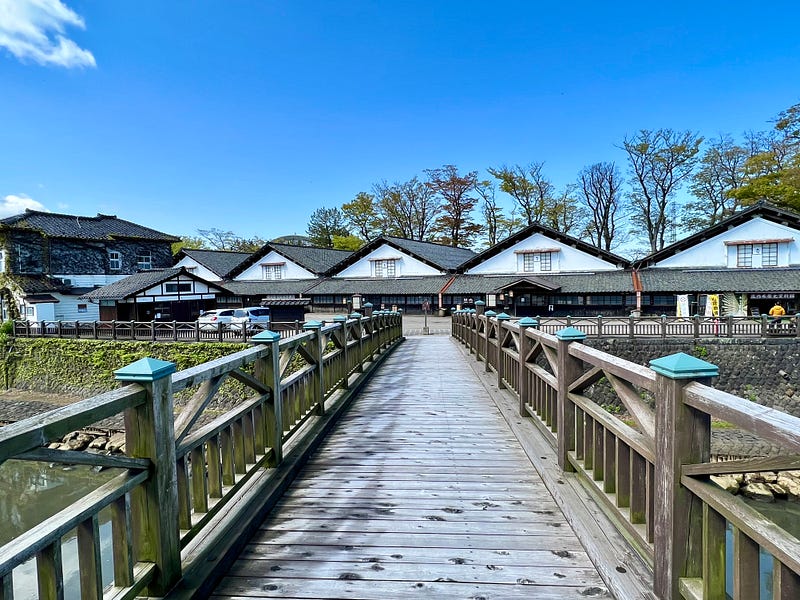
The storehouses were built near the mouth of the Mogami River. A fleet of small, shallow, fast boats carried rice from upriver to the storehouses.

Zelkova trees were planted on the eastern side of the storehouses to provide shade to cool the buildings.
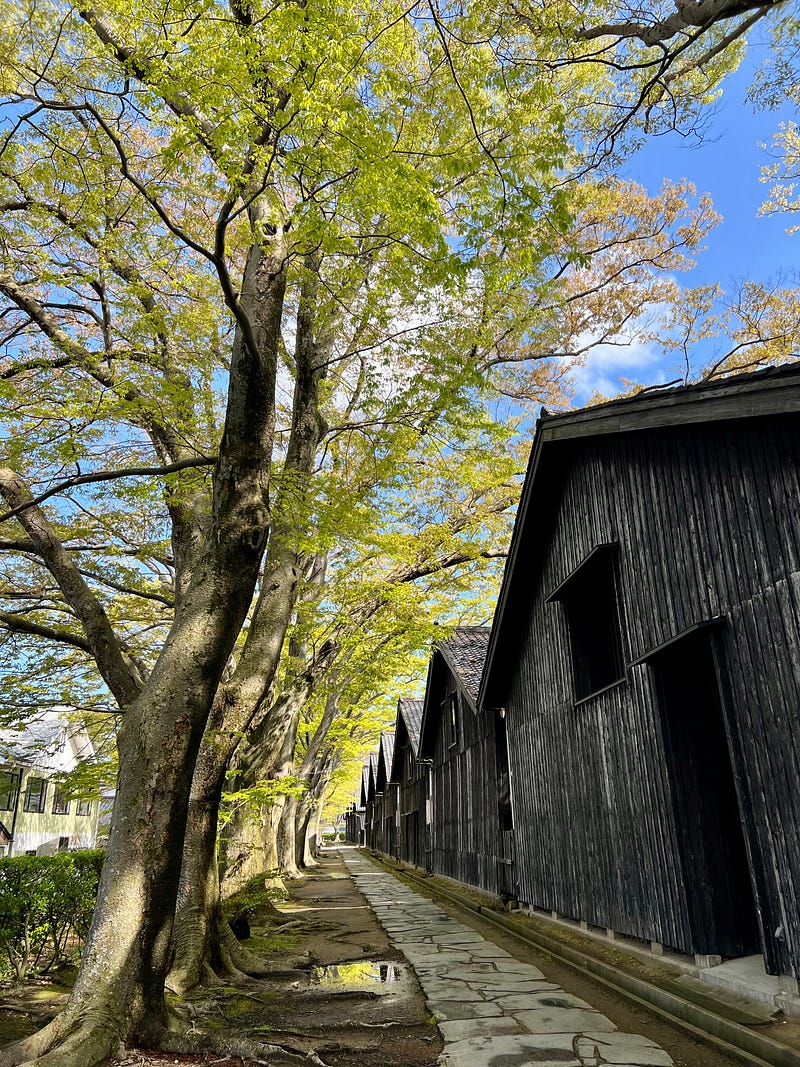
The builders created spaces between the roofs and the earthenware storehouses to allow for air to circulate to keep the buildings cool during the hot, humid summer months.

Of the 12 storehouses originally constructed, nine are still in use. Three have been converted into a museum and shops.
When my curiosity was satisfied, I climbed on my rental bicycle and rode uptown to visit the former home of a remarkable family and local hero.
The Honma family
During the centuries of Sakata’s prosperity, one merchant family stood out among the rest, the Honmas. Through scrupulous trade, they grew from lowly merchants to becoming the biggest landowners in Japan. Their wealth surpassed that of many feudal lords.
An expression of the day was, 本間さまには及びもないが、せめてなりたや殿様に, “Becoming a Honma is too far out of reach, but let me become a lord, at least!”

In the mid-18th century, the 3rd generation family head, Honma Mitsuoka, became a legend in his own time for his contributions to the city of Sakata and its people.
He paid for the best craftsmen to come from Kyoto to construct estates and tea houses. These men provided priceless experience to local laborers who worked with them and learned their techniques.
The city was soon filled with rows of beautiful shops, restaurants, and inns to cater to the many visitors who came to trade.
Although Honma Mitsuoka was undoubtedly known for his wealth, his true heroism came from his philanthropy.
By 1783, Japan had already been suffering from several years of bad harvests when Mount Asama, northwest of Tokyo, erupted. This eruption killed hundreds of people, destroyed huge swaths of precious farmland, and plunged the country into devastating famine.
To provide for those struggling, Mitsuoka donated his huge reserves of rice as well as substantial amounts of cash.
In later years, he paid for the construction of the Sakata lighthouse, and he had 10 cannons forged and set up for coastal defense.
Most famously, though, he devoted himself to solving a problem that had been plaguing local rice farmers for years.

The pine forest, Banri no Matsubara
Due to the indiscriminate felling of trees for construction and firewood, sand dunes had come to replace the forests along the long Sakata coast. Whenever strong coastal winds blew, the town and surrounding rice fields were covered with sand.
Mitsuoka determined to reforest those sand dunes.
Per his instructions, his workers collected old roofing thatch and laid it on the sand dunes to use as fertilizer. He ordered thousands of salt-resistant black pine trees, and the villagers set to work planting them. Mitsuoka realized if they planted them one by one, they could easily be blown down. So the townspeople worked together to plant as many as they could.
The trees were regularly buffeted by strong winds that toppled many. The few trees that survived these ravages were the encouragement Mitsuoka needed to persevere.
After five years of difficult and very costly efforts, Mitsuoka and the townspeople had planted 10,000 sturdy trees covering 1,800 meters.
Today, Mitsuoka’s project has grown to cover a 34 km stretch of coastline from Tsuruoka in the south to the town of Yuza, north of Sakata city. This forest, called Banri no Matsubara, 万里の松原, has successfully prevented the devastating sandstorms that had ravaged crops and livelihoods.
What a wonderful and beautiful legacy to Mistuoka, the undeniable hero of Sakata.
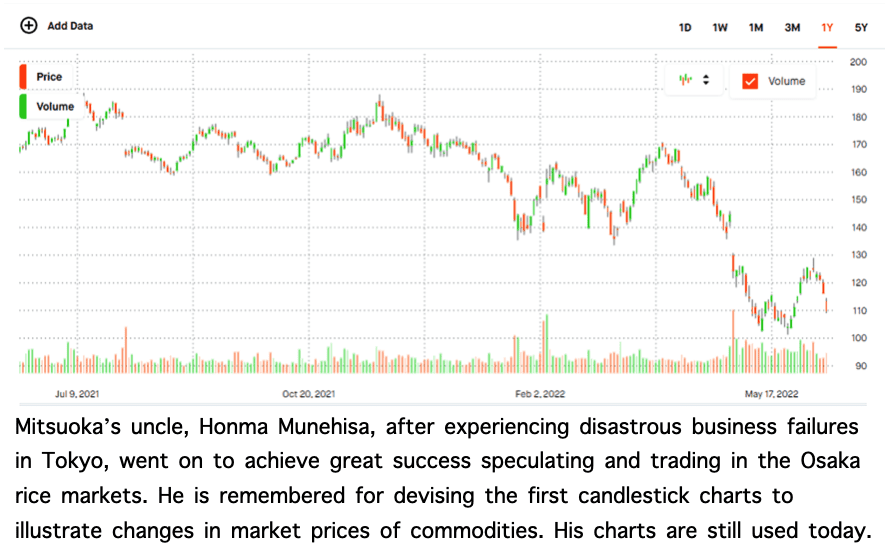
There were still two little-known treasures I wanted to find. So, I left Sakata and followed the coast along the pine forest to its northern end.
The 16 Buddhas of Jūroku Rakan Iwa

Just north of Sakata and inland is the beautiful snow-capped volcano, Mount Chōkai, whose ancient eruptions created rugged rocks along the coast.
Among these volcanic rocks are sculptures of 16 Buddhist saints with an interesting history.
The story begins in the mid-1800s. These were difficult years for the people of Japan. Commodore Perry had shocked the nation with his show of formidable military strength — his four “black ships” carried more firepower than the entire shogunate possessed — and Japan had capitulated without a shot being fired, signing an unfair trade treaty with the US.
Aside from this, the stability of the Tokugawa shogunate was being rocked by imperialists crying out for the re-establishment of rule by the emperor.
During these turbulent years, life for the poor peasantry became even more fraught.
In 1864, a Buddhist monk, Ishikawa Kankai, touched by their hardships, commissioned sculptors to create 16 Buddhist saints to pray for the people.
The work took five years, with artisans sculpting masterpieces from the hardened lava.
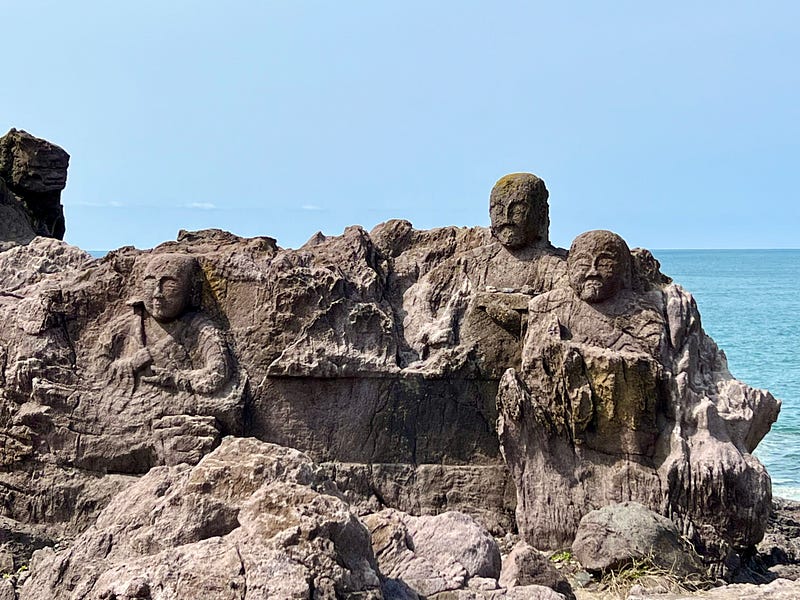
These saints continue to pray for the prosperity, health, and virtue of the people, and they look after the fishermen out on the rough waters of the Sea of Japan.
People still visit them today, offering coins and prayers for their blessings.
After paying my respects to these Buddhist saints, I went in search of my final treasure.
Maruike Pond
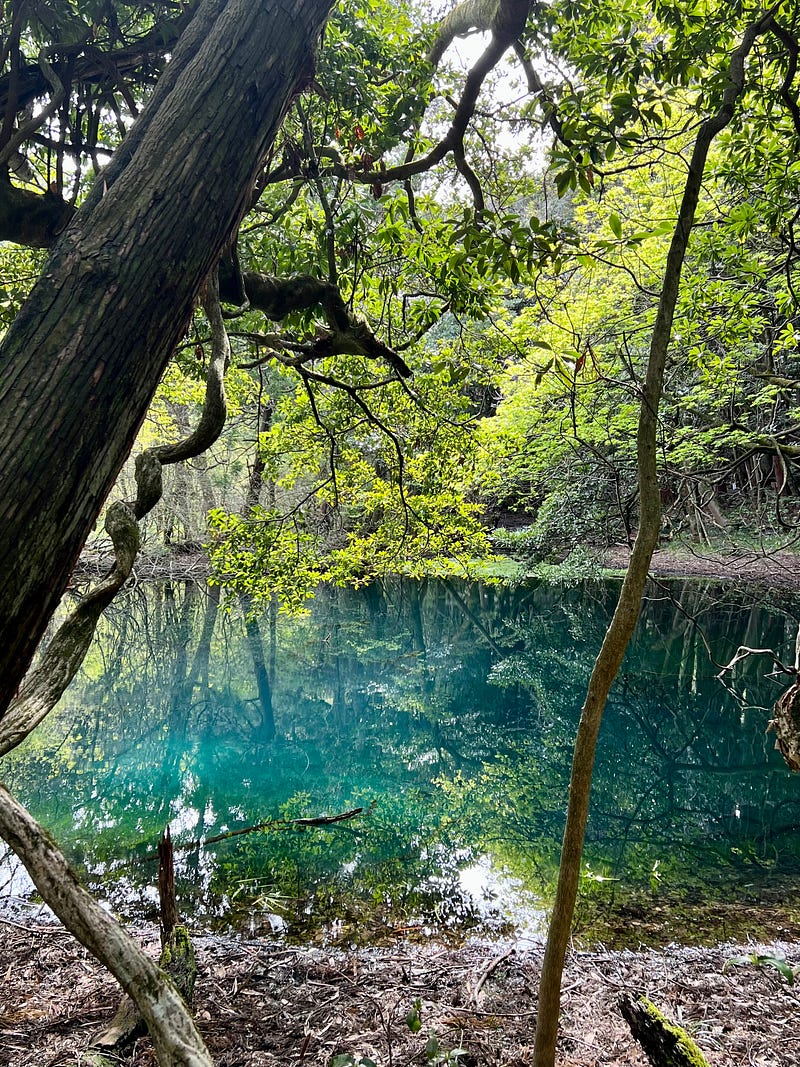
I headed inland, past rice fields, and down a narrow dirt path into a primeval forest. Rounding a corner, I was awed by the serene beauty of Maruike Pond. It’s small — only 20 meters in diameter and 3.5 meters at its deepest. Fallen trees are clearly visible through the crystal-clear, icy water. Like a dragon, so a sign told me, the trees rest at the bottom, preserved whole.
Some believers consider this beautiful pond to be the deity Maruike-sama, Lord Maruike, and as such, it and its contents are preserved, untouched.
Rural Japan is rich in beautiful treasures of nature, interesting history, and amazing stories. I hope that I have been able to give you a small glimpse into the wonders it holds.
Note on Perry’s black ships: “Kagawa Eizaemon, an aide to the Uraga magistrate, counted about 70 large-caliber cannons. The shogunate had roughly a hundred cannons around Edo Bay, but only 11 of these were of comparable caliber. With four ships, Perry had outgunned Japan’s supreme warlord.” Professor Mark Ravina, from his biography of Saigo Takamori.
References
https://www.rinya.maff.go.jp/j/kokuyu_rinya/kokumin_mori/katuyo/reku/rekumori/banri.html, http://tobifudo.jp/newmon/shinbutu/rakan.html
If you have questions about Japan or suggestions for articles, please add them in the comments. For more photos and information on Japan, follow me on instagram at: https://www.instagram.com/more_than_tokyo/




